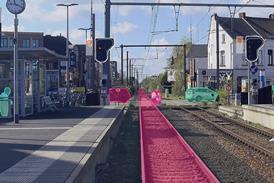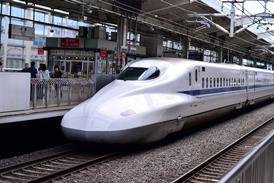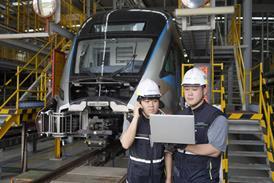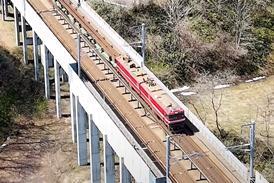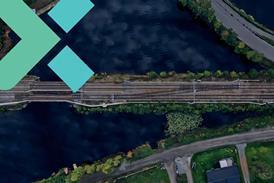Close menu
- Home
-
News
- Back to parent navigation item
- News
- Traction and rolling stock
- Passenger
- High speed
- Freight
- Infrastructure
- Policy
- Technology
- Ticketing
- Business
- Research, training and skills
- Accessibility and inclusion
- People
- Urban rail news
- Suburban and commuter rail
- Metro
- Light rail and tram
- Monorail and peoplemover
- Regions
- InnoTrans
- In depth
- Events
- Data
- Maps
- Tenders & Jobs
- Sponsored content
- Insights
Mexico to invest 157bn pesos in railway expansion in 2025
By Railway Gazette International2024-12-11T14:00:00

MEXICO: The government has announced plans to invest 157bn pesos in 2025 for the construction of new passenger railways and the development of freight operations on some parts of the network.
Already have an account? LOG IN
To continue…
You’ve reached your limit of content for the month

